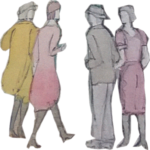
The ambitious purchase of the Ramsden estate in 1920 gave Huddersfield Corporation the power to transform the town like never before. With the freedom to develop and lease the land, the estate became a valuable asset to the council and the people of Huddersfield.
Within just four years the Corporation had made the estate profitable once again and significant improvements to the town were planned. During the 1930s the tramway was replaced with a safer and more economical trolleybus network. As the population grew, this new transport system enabled the Corporation to develop new housing estates in suburban areas like Brackenhall.
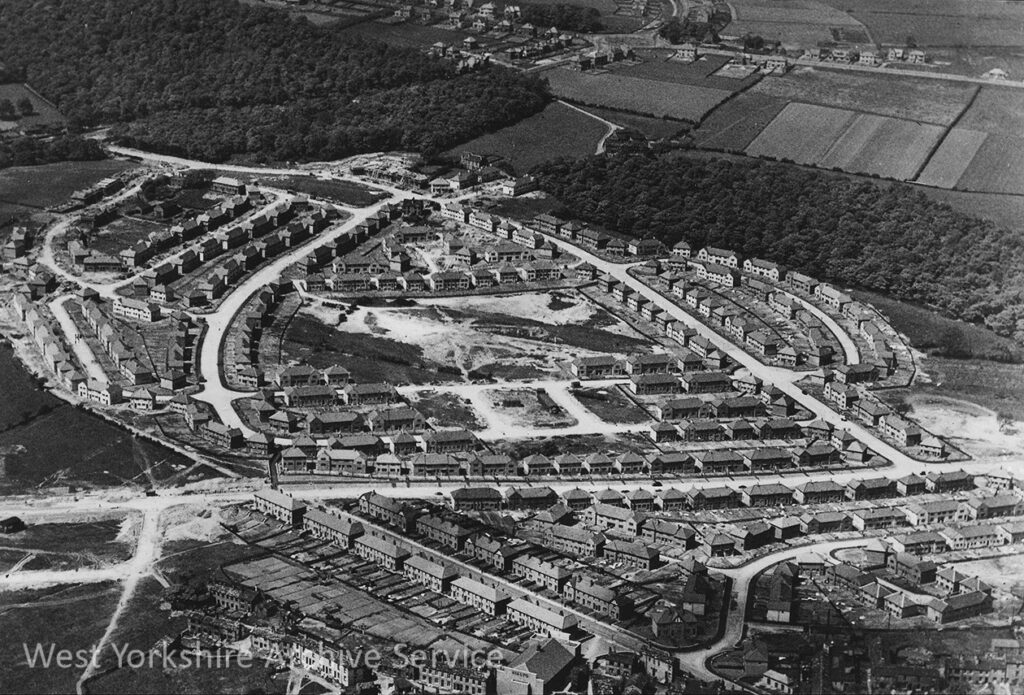
On 30 October 1937 the foundation stone of the new Public Library & Art Gallery was laid on estate land. Although the Second World War delayed its completion, the building finally opened on 15 April 1940. By 1945 the library was issuing 3,000 books a day.
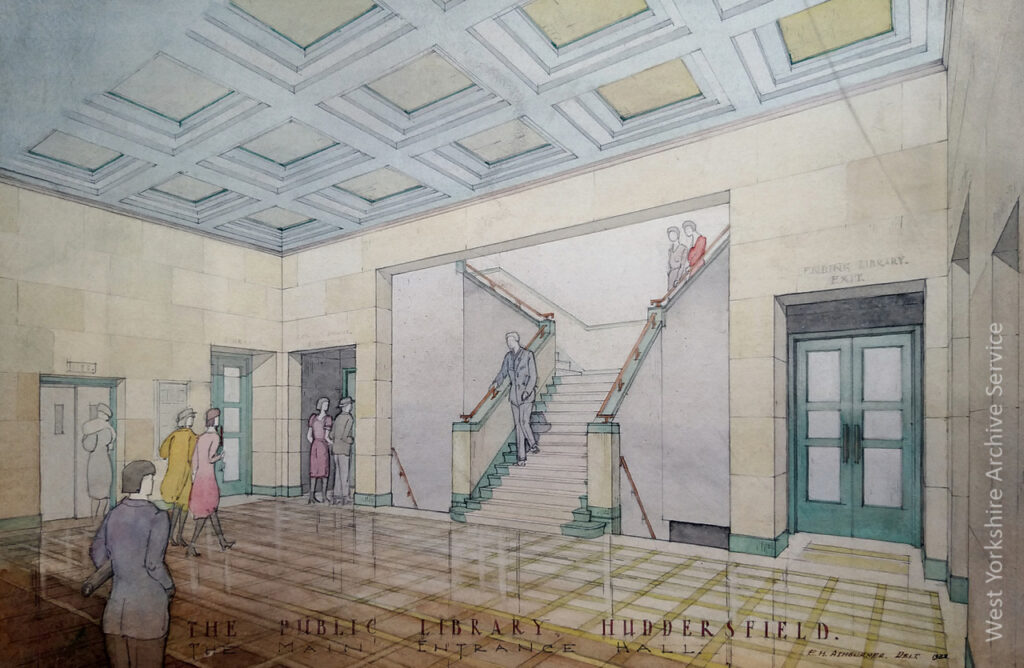
During the 1960s and 1970s the Corporation revitalised the town centre estate. The creation of the new Queensgate Market in 1970 was central to this regeneration. The market’s award winning design includes ten Fritz Steller art panels that are one of the largest ceramic sculptures in the world. In 2005 the market was awarded Grade II listed status for its innovative use of art, architecture and technology.
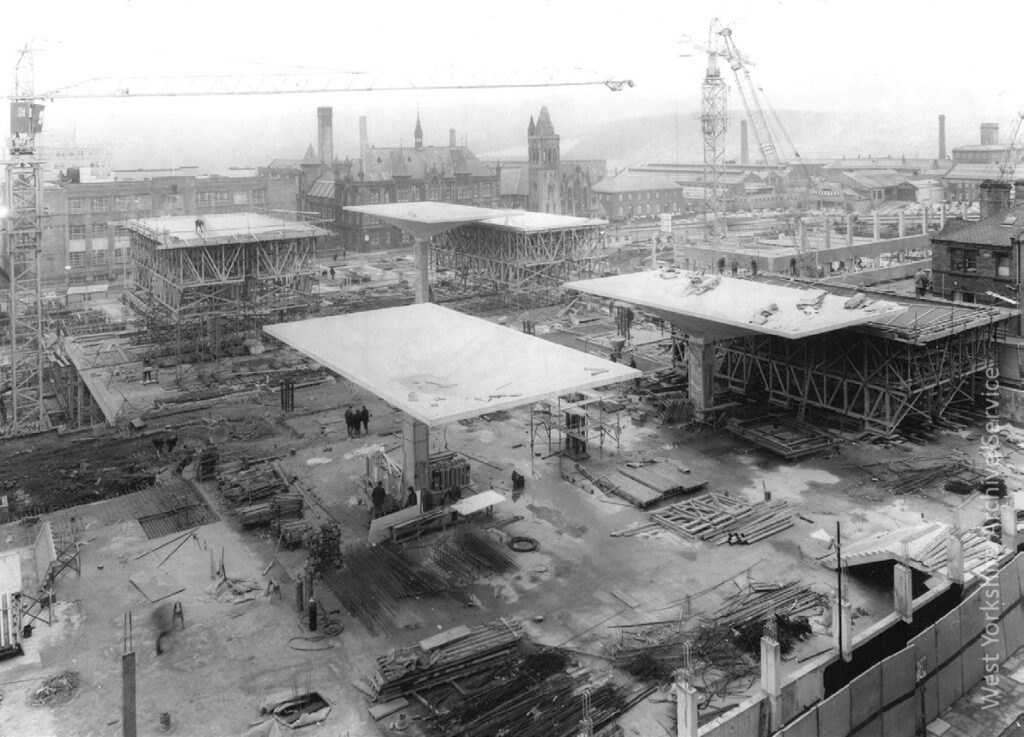
By 1972 (on the eve of Huddersfield Corporation being succeeded by Kirklees Council) the estate had repaid its £1.3 million purchase price, including all interest on the debt and had made a profit of £1.5 million. The town’s future was firmly in its own hands, giving it the freedom to develop and flourish as it wished.
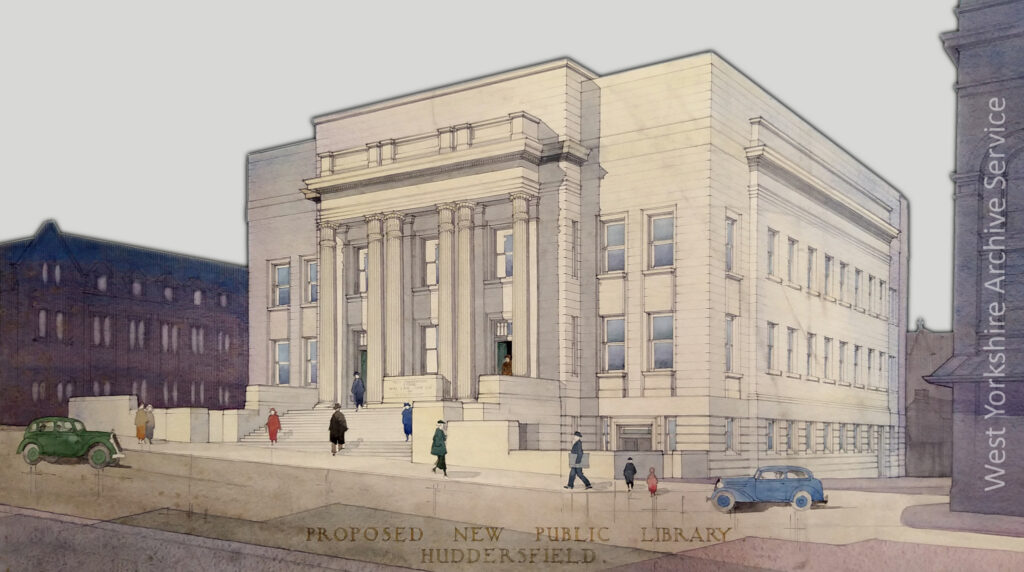
All images copyright West Yorkshire Archive Service, please contact us for more information about these archives and the reuse of these images.